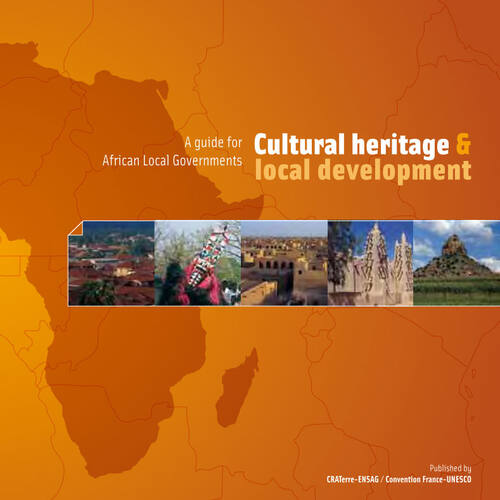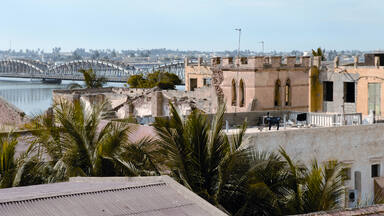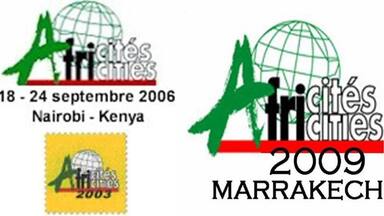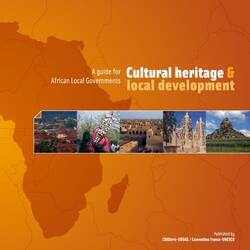Handbook on Cultural Heritage and Local Development for African Local Governments

The handbook "Cultural heritage and local development: A Guide for African local governments", co-edited by the France-UNESCO Cooperation Agreement and CRATerre-ENSAG in 2006, was designed as a tool for decision making, but also for sensitising the elected representatives to the challenges of the protection and valorisation of their heritage. It aims to create a new dynamic and focus on the specificity of the culture and heritage of the local African communities as a lever for territorial development.
This guide was written with the support of the World Heritage Centre, the France-UNESCO Cooperation Agreement team, the School of African Heritage (École du Patrimoine Africain (EPA)), the École Africaine des Métiers de l'Architecture et de l'Urbanisme (EAMAU) and the Municipal Development Programme (PDM), and launched on 20 September 2006 during the special session “Cultural heritage of towns and territories, the aims of the partnership” at Sommet Africités 4 (African cities Summit) organised in Nairobi, Kenya.
This publication was developed in response to the request of African mayors formulated during the special session “Africans towns and heritage”, organised by the World Heritage Centre and the France-UNESCO Cooperation Agreement at the Sommet Africités 3 (African cities Summit) which took place in Yaoundé, Cameroon, in 2003.
The guide aims to raise awareness on the safeguarding and valorisation of cultural heritage, and more generally, on the relevance of a global cultural project as a component of an economic and social development policy. It is the result of the vast involvement and participation of several African professionals. A call for participation was issued on the African continent for more than 250 professionals in the field of culture to contribute on a number of selected topics. After a short methodological section, the guide presents a series of case studies in several African countries, which show the variety and richness of African cultural heritage, and the means of safeguarding it.
It is structured in three parts:
- A thoroughly illustrated "definitions" chapter, providing answers to questions dealing with the definition of heritage, and more particularly, the African heritage
- A second chapter is dedicated to the links existing between the heritage resources and the development of the territory; it tackles the following questions: why should we be interested in heritage? How can we integrate heritage into regional planning policies? How can we reconcile heritage and modernity?
- A third part gives indications for the implementation of a development policy which integrates cultural heritage and provides a series of examples of operations.
This guide which was largely disseminated during Sommet Africités 4 in 2006, and through UNESCO’s partner networks, was a great success and was reprinted in September 2007.






